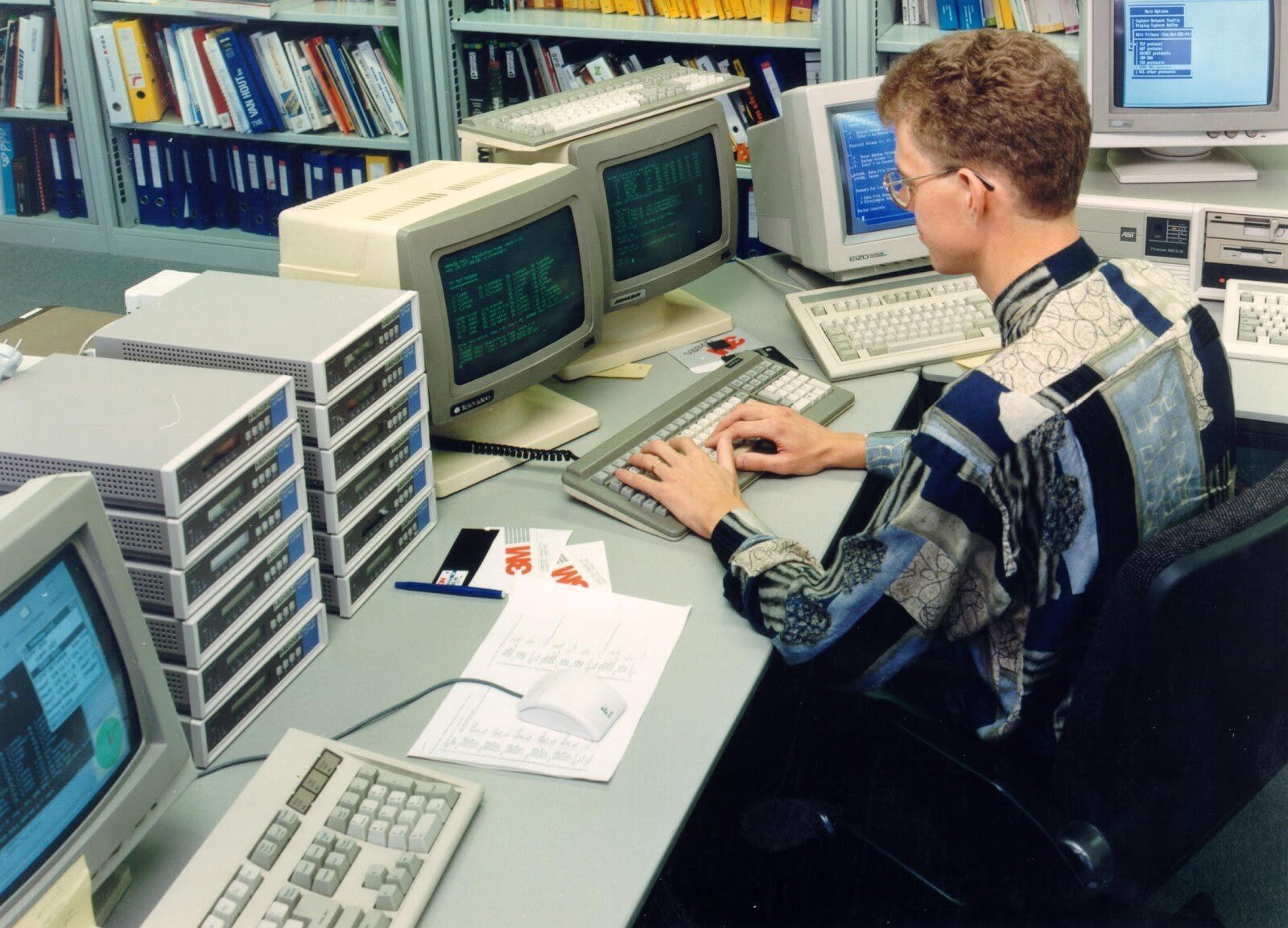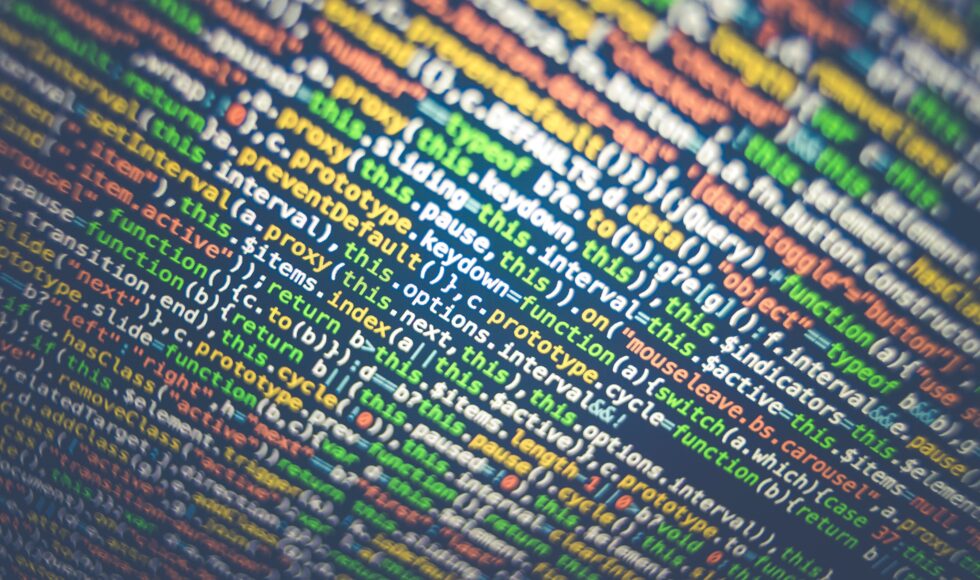Satellites don’t make decisions, humans do
Technology provides insights. Or so people seem to think. Or so people seem to want to think. With the introduction of every new technology, there is a wave of hope and false belief that finally the silver bullet has arrived. Truth is: that silver bullet did not arrive. Insight is not created from data by algorithms, insight happens at the human side of the equation.
This blog explores this dynamic by analysing the GIS & Remote Sensing world of the past 20 years.
Let’s start with a quote:
“In recent years, the nascent satellite sector and related fields like geospatial data analysis have received hundreds of millions of dollars in private investment, but profitable exits are still few and far between.”
Why is that?
I think it is because of the tendency of the tech sector in general and the Remote Sensing sector specifically to have:
A disproportionate narcissistic focus on attributes of self
Failure to recognize in which markets tech can have highest leverage
A disproportionate narcissistic focus on attributes of self or, Failure to learn

When I was a student, back in the 90s, GIS (geographic information system) was the thing. It was blockchain, YouTube and AI in one. In other words, in the 90s, GIS was bigger than the Internet. People, especially policy makers, saw the potential of map based analysis and before you knew DSS got introduced: Decision Support Systems. Because, if we have not only all the data we already had, but a combination with geographical data, the possibilities are endless! If we have enough data, we can model the world and the computer will figure out the optimal answer. We don’t have to make decisions anymore.

It took only a few years for those people to realise that computers making decisions is, at best, a very romantic idea. No problem, enter DSS: Discussion Support Systems. Reflection, learning, insight:
“Systems and data shouldn’t make decisions; decision making should be done in the political domain, by humans.”
There are also domains where this insight has not sunk in yet, like with our friends at the military.
In other words: with the introduction of (every) new technology a new hope follows its wake, where people really want to believe problems magically disappear. The technology and its attributes get glorified by the believers, reality strikes back, disappointment follows, and technology finds its proper place in the human discourse.
0 to 1: perfectionists are nihilists
Related to this inflated belief in the promises of new technology is usually the boom of startups and initiatives around it. They are all disruptive. And they all promise the world.
Where they usually fail, and this is especially the case for Remote Sensing based companies, is recognising where their value proposition has the largest leverage.
Let’s model the world as a line.

Technologists and solutionists think they tech can fill the gap towards a perfect world. Let’s say like this:

and this:

If you are a perfectionist (technologists tend to lean towards perfectionism), you’ll focus on closing that last gap between 90–100, outcompeting all the other technologist rival mushrooms in your market.

This is a mistake.
The mistake is twofold:
The idea that 100 can be reached, is an illusion. Fervently chasing something you know you will never reach seems pretty nihilist to me, hence: perfectionists are nihilists.
The biggest ‘jump’ is not from 0–90 but from 0–1

And it is exactly in this space I think Remote Sensing based technologies are strongest: places on earth about which virtually nothing is known, can be analysed with Remote Sensing data to get valuable insights.

Looking at the Remote Sensing industry, many companies focus on adding value in markets with already high information density (for example agriculture & insurance in Europe & North America). Yes, Remote Sensing based services can and do add value there, but rather in the 90–100 domain. High input, low pay-off.
GIS in 2019: AI & ARD
Fast forward 2019. The GIS world is captivated by fresh new technologies: the magic of AI and the power of satellite data, now available in ever larger quantities and ready for analysis: Analysis Ready Data (ARD).
How wonderful! Because we all know that data is the new oil. But data in itself is useless, we need information or rather even insights. No worries, there is AI to help us mine the enormous amount of data.
We apply AI, Machine Learning and Deep Learning to Analysis Ready Data to go from Data to Information to Insights to Wisdom.
Wait a minute. From Data to Wisdom?
If you ever see this magic pyramid all your bullshit alarms should go off. Again, there are two major flaws in this kind of magical thinking:
1. Mining a lot of something that doesn’t have value doesn’t magically create value.

The picture above models the information flow at our company Satelligence. (Satellite) sensors collect data, which is processed into a customer solution and presented to the user. The user feeds back data into the system for calibration and validation . In this picture insight is not created from data by algorithms, insight happens at the human side of the equation.

There is no inherent value in data. It is the human interacting with the data that adds value. That’s why we see the end user as an integral part of the system, not as an objective bystander outside the system.
2. There is no such thing as Wisdom. Wisdom is the sum of human actions and interactions. Wisdom without action is an empty shell.
Looking back at 1999 it seems like we haven’t learned a lot. We cannot help believing that the advent of a new technology finally announces (depending on the flavour of your tech religion):
the end of the world’s problems
the singularity
both
Action! towards Discussion Ready Data
Wrapping up:
In 1999 we thought the future had arrived in the form of Decision Support Systems;
Technologists tend towards nihilism by focusing on the 90–100 gap rather than the 0–1 gap;
In 2019 we thought the future had arrived in the form of AI and Analysis Ready Data.
Well, the future didn’t arrive and the gap will never be closed. Bummer man. What to do?
Start with the problem
To get out of the loop of celebrating the arrival of each new tech as salvation and stop focusing on attributes of self, I propose we turn the world upside down: let’s start with the problem:
What is the problem we are trying to solve?
Who is having that problem?
Why do they have that problem?
Once we have a solid understanding about the problem, we can start looking for solutions which might include technologies and data.
Discussion Ready Data
Then, and only then, we know what kind of data we need that supports the decision making process of humans. I would like to call that kind of data Discussion Ready Data. If, like me, you have a soft spot for activist movements and non conformist ideas, we could agree on our rebel call:
Put politics back in data! Start with the problem, then move towards the data.
Applying this to our company, Satelligence, we see a lot of traction in the market picking up our deforestation solution. At the same time, there is the danger of companies believing they ‘solved’ the deforestation issue by using our service.
But let’s remember the words of a wise man:
“Satellite-derived information works as a conversation starter and fuels the engagement process, whether on the phone with suppliers, on the ground with local stakeholders or in boardrooms. In the end it is all about human interaction.”
Satellite-based monitoring is the start of moving towards deforestation, not the end. Satellites don’t stop deforestation, humans do. But satellite-based monitoring is an indispensable part of providing an up-to-date coherent stream of discussion ready data with which humans can make decisions.
Interested to read more of Arjen blogs? 👉🏼 https://medium.com/@vrielink
